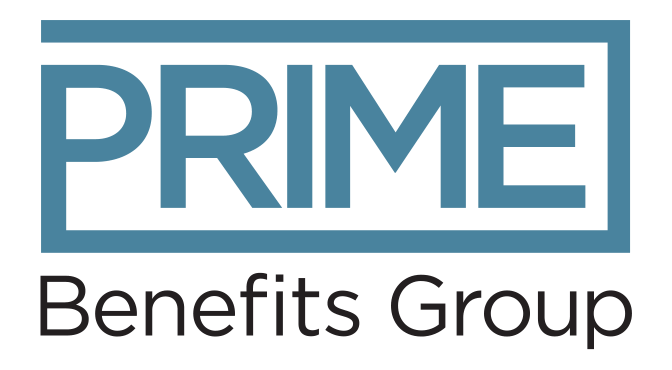- Have a question?
- 613-89-Prime (77463)
- 1-866-950-3667
- info@primebenefitsgroup.com
Why Women are More Stressed at Work than Men


International Women’s Day
Our work can contribute positively to our lives as a source of creativity, learning and contribution. But the COVID-19 pandemic highlighted the challenges working women face as they juggle family obligations and professional responsibilities, resulting in increased pressure, stress and fatigue.
As we mark International Women’s Day on March 8, there’s no better time to recognize the social, economic, cultural, and political achievements of women. It’s also a time to answer the call to action for accelerating gender parity by identifying the work that still needs to be done.
Unique Challenges for Women Workers
Recent data from MIT Sloan shows female workers suffered more from pandemic-era stressors that have led to illness at alarming rates. Two out of three women interviewed (out of 500) said they were coping with physical symptoms of being sick from workplace stress. The research also highlighted the significant impact of workplace toxicity on women of colour.
Whether it’s after a break related to the pandemic, a leave of absence, or maternity leave, women face unique challenges when returning to work. Many women left the workforce during the COVID-19 pandemic and others were forced to switch to working from home, resulting in an additional burden of household tasks and child care. Women also frequently face gender discrimination in the workplace and still face the barrier of a gender pay gap. All of these factors can contribute to workplace stress for women.
How Employers Can Help
There are a number of ways employers can help women workers prioritize their health:
- Flexible Schedules: A survey by The Prosperity Project found that nearly half of women they surveyed transitioned to working from home during the pandemic, and of those, more than nine out of 10 would prefer most of their work to be done remotely moving forward. Offering flexibility can make it easier for women to manage their workload with family commitments. For example, they may be able to adjust hours to accommodate childcare responsibilities, take time off for medical appointments, or have the option to work from home. Flexible schedules also allow employees the ability to eliminate the time and cost associated with commuting. Flexible hours can reduce stress and improve job satisfaction, as employees can maintain a better work-life balance. Having the ability to work flexibly also produces a competitive advantage in the job market.
- Paid Leave: Paid parental leave, family leave, or longer-term medical leaves give employees the time and financial support needed to fulfill their family responsibilities. Parents are often unable to use sick days to care for children, and this has economic consequences, particularly for women, who are most likely to stay home when a child is sick or unable to go to school.
- Support New and Expectant Mothers: New or expectant mothers need a variety of supports at work, including medical care, financial assistance, flexible scheduling, and a supportive work environment. Medical care is essential for maintaining the health of the mother and baby throughout the pregnancy, labour, and postpartum period. Financial assistance can help with expenses associated with childbirth or adoption. Flexible scheduling can allow mothers to accommodate medical appointments and other needs related to the pregnancy. Employers should create a supportive work environment free from discrimination and harassment, and consider providing resources such as lactation rooms, adequate break times, and accommodations such as modified work duties.
- Career Support: Women can benefit from a number of professional services and supports in the workplace, including access to education and training, networking, and mentorship opportunities. Education and training can help women stay up-to-date on industry trends and become more competitive. Networking can help women find new career paths and make valuable connections, while mentorships can provide insight into the industry and workplace.
- Promote Physical Health: Regular physical activity can reduce stress and improve overall mood, which can help employees stay focused and productive throughout the day. Provide opportunities for employees to engage in physical activity during the workday. This can also offer the opportunity to socialize and connect with colleagues, which can improve morale and job satisfaction.
Contact Us
Employers can foster a workplace culture that empowers women by increasing visibility and representation of women in the workplace, providing equal pay and benefits, and encouraging flexible scheduling. Please contact us so we can work together and create solutions that work best for you.
Additional Resources
How Employers Can Help Women Who Are Returning to Work
The Gender Pay Gap: Pay Gap in Canada
Suggested Reading
5 Ways Employers Can Support Women’s Mental Health